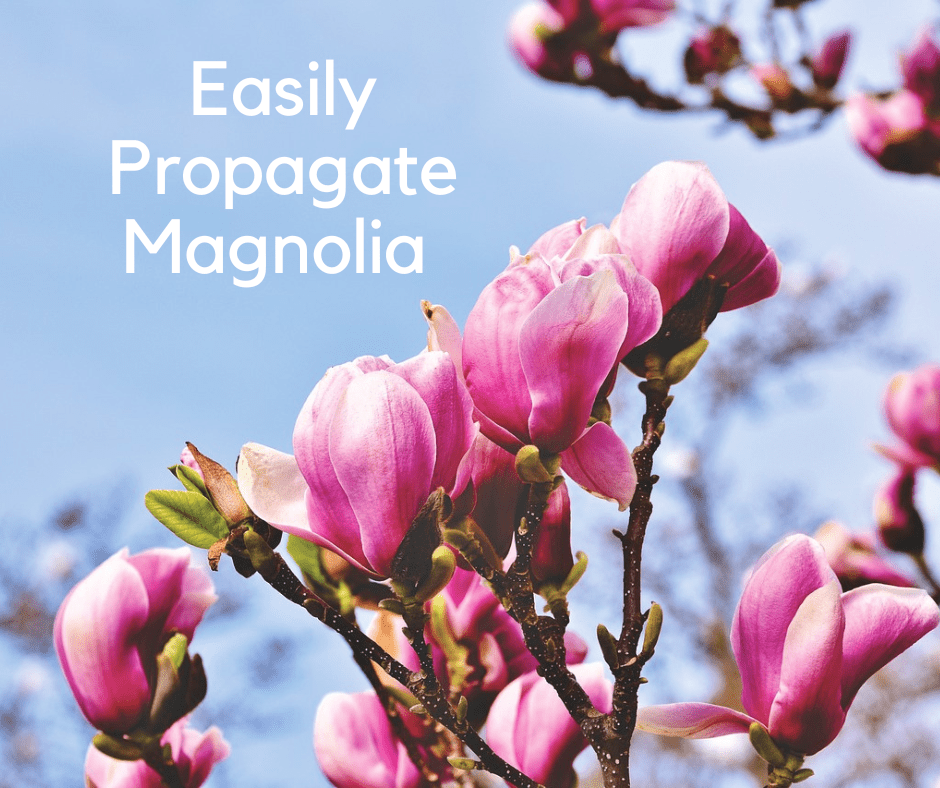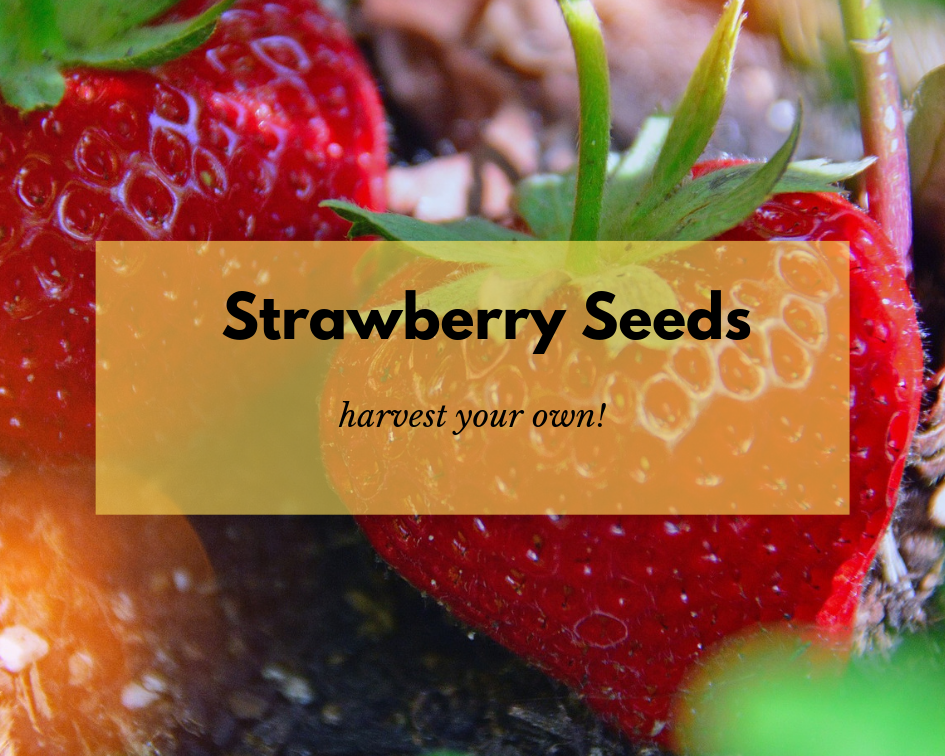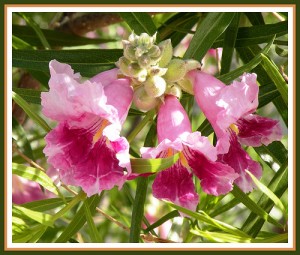This post may contain affiliate links. As an Amazon Associate we earn from qualifying purchases.
It’s not hard to propagate magnolia trees so read on to get the details.
Fossil evidence shows us that magnolia trees date back in history at least 100 million years. “Magnolia trees even existed before bees, so they rely on beetles for pollination,” according to the pros at Arbor Hills Tree Farm.
Obviously, the tree has been around long enough to spin off other species. In fact, there are 210 different species of this gloriously gorgeous tree. Some are evergreen, some are deciduous. They live in various habitats, varying in size and hardiness. Depending on the variety, magnolia will grow from USDA hardiness zones 4 to 9 (check your USDA hardiness zone here).
If you long to grow your own from scratch, propagate magnolia cuttings, especially if you desire a tree exactly like the mother.
Let’s get started.
What you will need to propagate magnolia tree cuttings
- Planting pot
- Vermiculite
- Horticultural sand
- Coco coir
- Tall container to hold water
- Pruning shears
- Indol-3-butyric acid rooting hormone such as Hormex
- Cloche or empty 2-litre plastic soda bottle
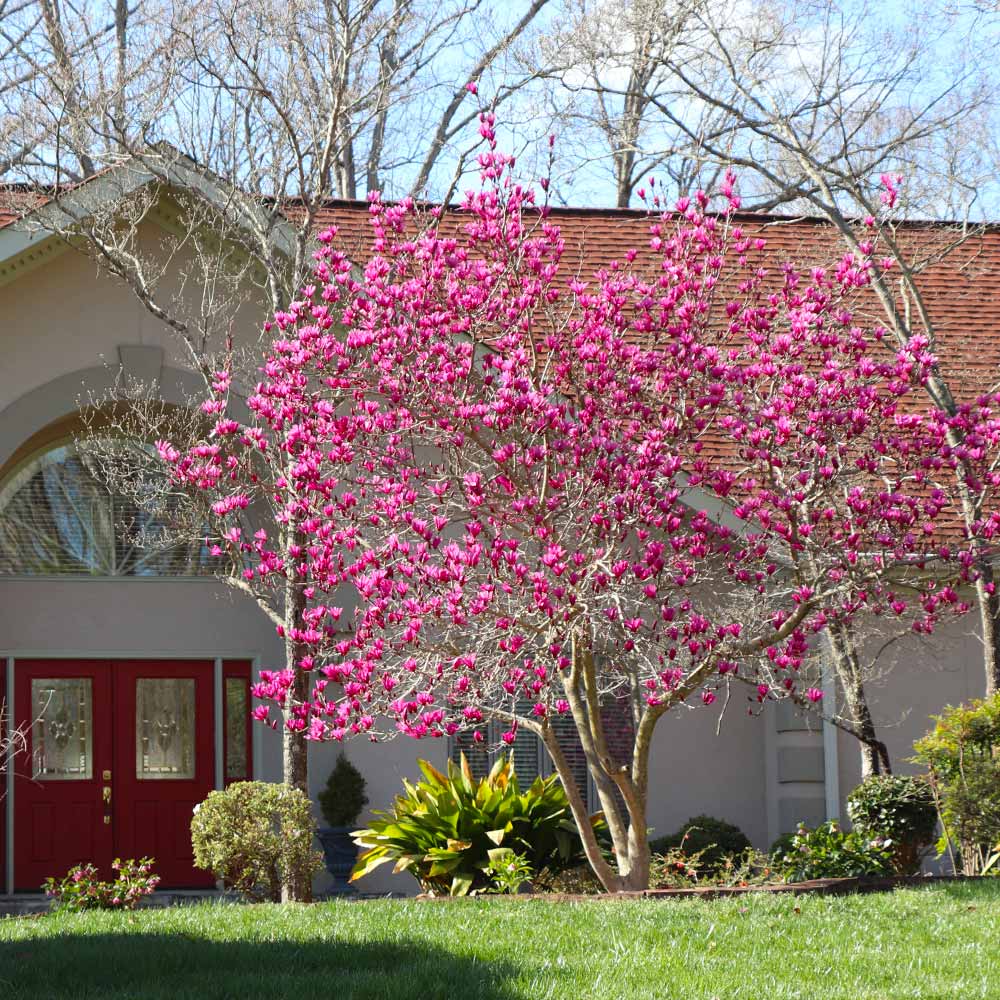
Prepare the rooting container or bed
West Virginia University Extension agents suggest using a 10- to 12-inch-deep plastic container. We agree if you’ll be sticking a number of cuttings.
For one or two, however, feel free to use any type of planting pot with holes in the bottom for drainage. If you choose to go the plastic tub route, ensure that you drill some holes in the bottom.
Fill your container with a mix of equal parts of vermiculite, sand and coco coir. This isn’t a hard and fast rule; you can use coarse sand alone if you like.
Poke some holes in the soil to accommodate the cuttings. Water the soil well, allowing it to drain completely before taking the magnolia cuttings.
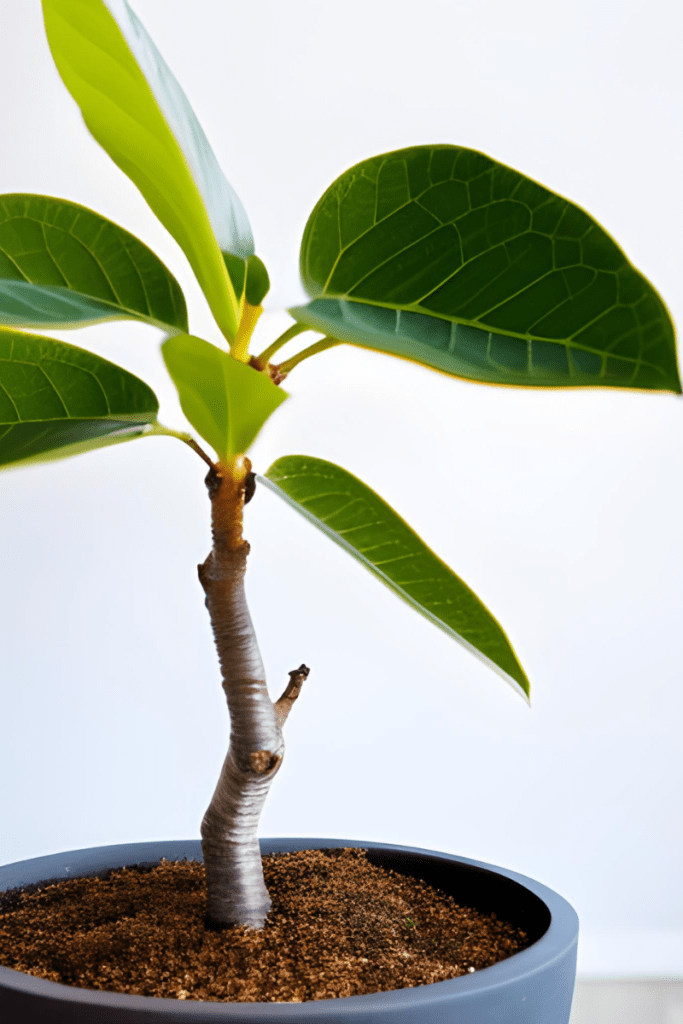 Head on out to the magnolia tree
Head on out to the magnolia tree
Grab a container of water and head out to your magnolia tree. Look for new shoots and cut them 6 to 8 inches from the tip. Place each cutting into a container of water to keep them hydrated while you work.
The aforementioned university extension experts suggest using Indol-3-butyric acid rooting hormone before sticking the cutting. There are several brands from which to choose. While we recommend Hormex for tough-to-root plants, it’s quite pricey.
Remove all of the leaves from the cutting, with the exception of two at the tip. Dip the cut-end of the cutting into the rooting hormone and then stick it into the prepared hole in the planting medium.
When sticking more than one cutting, allow sufficient space between each so that each receives enough light.
Water the medium slowly and then cover the cuttings with a clear top to keep the humidity inside. Some gardeners use an empty plastic 2-litre soda bottle with the bottom cut out.
Place the cuttings in an area that remains warm but out of direct sunlight. Let the air into the covering every 3 days or so for about 15 minutes.
Your magnolia cuttings should root within three weeks to a month.
